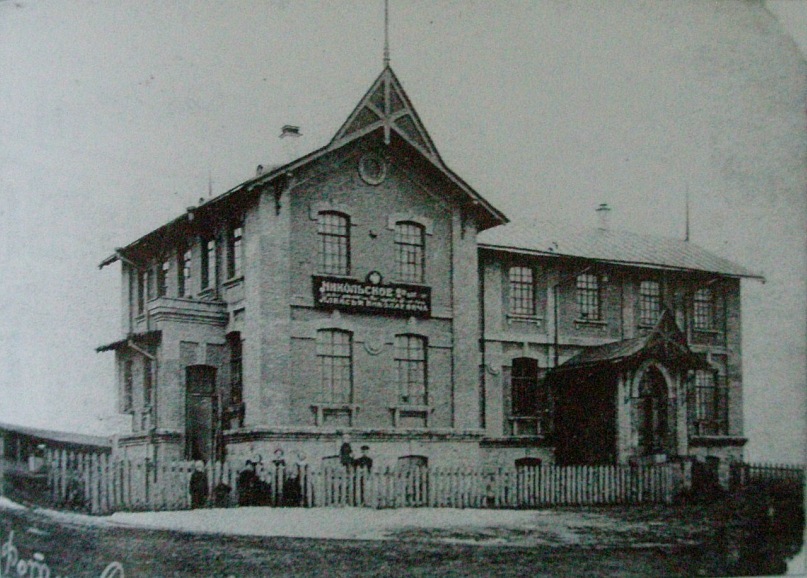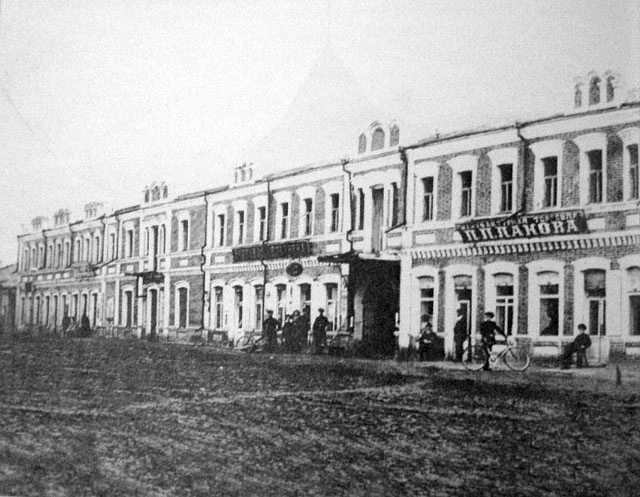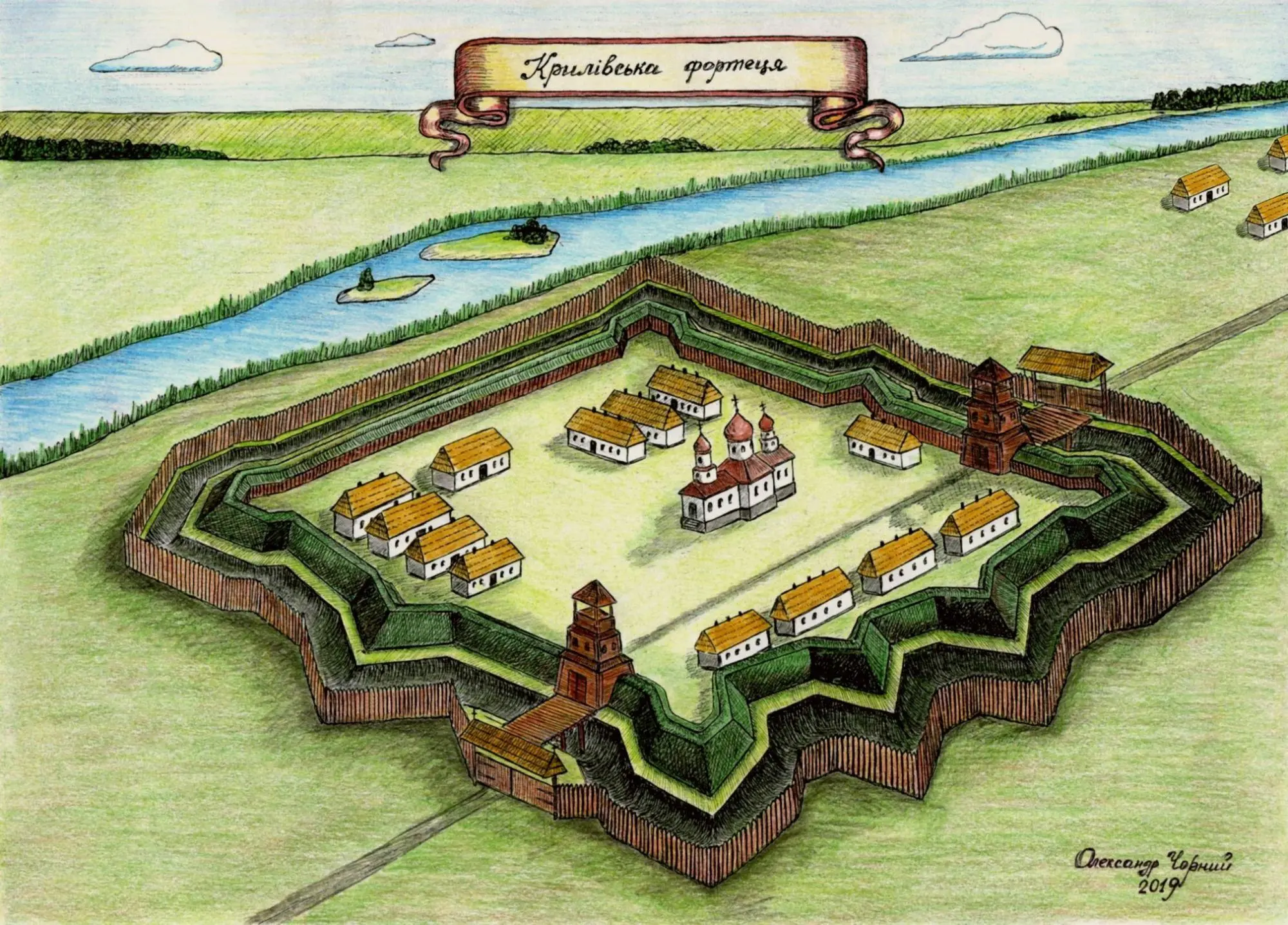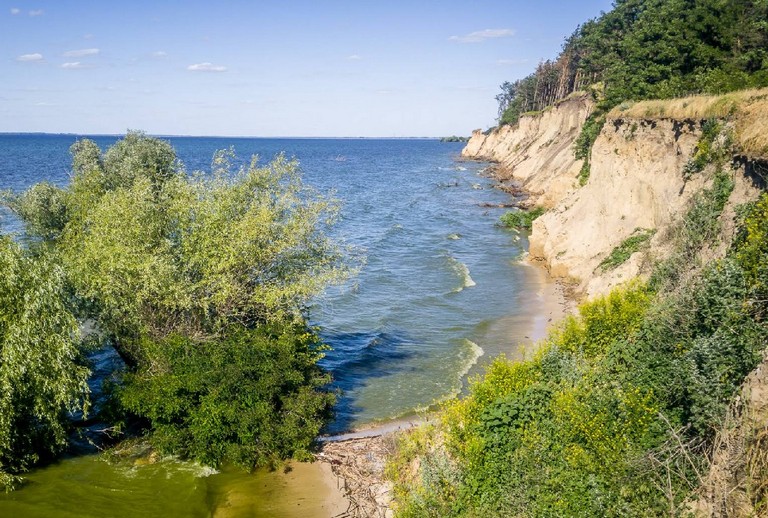The city of Kryliv, also known as Novohorihivsk, has a rich history dating back to the early 17th century.

Foundation and Historical Development
In 1615, the Polish administration founded the fortified town of Kryliv at the confluence of the Tiasmin River with the Dnipro. The town held strategic importance, controlling the crossings over both rivers. In the same year, at the request of the Chyhyryn starosta Danilovych, the Polish king granted Kryliv Magdeburg rights, which contributed to its development as an urban center.

During the 17th century, Kryliv witnessed numerous military conflicts among the Cossacks, Poles, and Tatars. In 1625, near the village of Taboryshche, a battle took place between Cossacks led by M. Zhmail and a Polish force, which concluded with the signing of the Kurukiv Agreement. In 1647, Bohdan Khmelnytsky was imprisoned in the Kryliv Fortress.
Kryliv Fortress
It was built at the initiative of Myrhorod Colonel Vasyl Petrovych Kapnist in 1741 on the Polish border, on the right bank of the Tiasmin, not far from its confluence with the Dnipro. The fortification was erected adjacent to the Kryliv sloboda, which was under the control of the Hetmanate government. The sloboda was settled in the 1730s opposite the town of Kryliv, located on the left bank of the Dnipro, and is frequently mentioned in 18th‑century documents as Old Kryliv or Polish Kryliv—the latter having been founded in 1615 by the Korsun starosta, Jan Danilovych.
The Kryliv Fortress was an earthen structure of an irregular quadrilateral shape, with a circumference of about 300 sazhen, featuring four bastions, four demi-bastions, and two gates, and was surrounded by a dry moat and an external palisade. Within the fortress grounds, buildings were constructed for its garrison, including a church, a powder cellar, a supply store (warehouse), and several guardhouses. From the fortification, one could depart in the direction of the Tsybuliv Fortress and the Krukiv redoubt.
Because the fortress was located in the area of the Kryliv-Maksymivka crossing on the Dnipro, it and its garrison served not only as the administrative center of the Kryliv hundred but also as a strategic asset in the fight against the haidamaks, who at that time operated in the region beyond the Dnipro and in the area known as Polish Ukraine. The Kryliv Fortress remained operational even into the 1770s. During the era of Nova Serbia, it served as the center of the 1st company of the pandur (infantry) regiment, and after its dissolution, it became the base for the 1st company of the Yellow Hussar Regiment. In the 1780s, the fortress and the adjacent fortstadt were transformed into the inner city, which is recorded in documents under the name Kryliv. At the turn of the 18th and 19th centuries, the fortification was expanded.
After the Second Partition of the Polish–Lithuanian Commonwealth, Kryliv and Old Kryliv were merged into a single city for a time. In 1795, it became a county center and was given the name Oleksandriia. A year later, the county was abolished, and the city was restored to its historical name—Kryliv. In 1831, the right-bank part of the city was renamed Novohorihivsk, while the left-bank part retained the name Kryliv. Today, the area of the city is submerged under the waters of the Kremenchuk Reservoir.
A plan of the Kryliv Fortress from 1757 was published in the late 19th century by military engineer F. Laskovsky. Based on the discovered drawing, Oleksandr Chornyi created graphic reconstructions of the structure.

Mentions in Songs and Literature
Kryliv is mentioned in Ukrainian folk songs and dumy associated with Cossack themes. In particular, in dumy about Bohdan Khmelnytsky and other Cossack leaders, the city appears as a place of important events. The poet Viktor Sokolov, a native of these lands, described Kryliv in his works, notably mentioning a church in the Ukrainian Baroque style built with funds from Petro Sahaidachny.
The Submergence of the City and the Fate of Its Buildings
In 1960, due to the construction of the Kremenchuk Reservoir on the Dnipro, the city of Novohorihivsk was completely submerged. The population was relocated to the newly built city of Svitlovodsk. Most of the buildings remained underwater; however, some structures were dismantled and moved to other locations. In particular, valuable architectural elements and relics from the churches were preserved and transferred to museums or other churches.
Today, the site of the former Kryliv is occupied by the Kremenchuk Reservoir, while the memory of the city lives on in historical studies, literary works, and the recollections of the descendants of the relocated residents.


